How to create harmony between lighting and plants
‘Light is the beautifier of the building.’ - Frank Lloyd Wright, architect
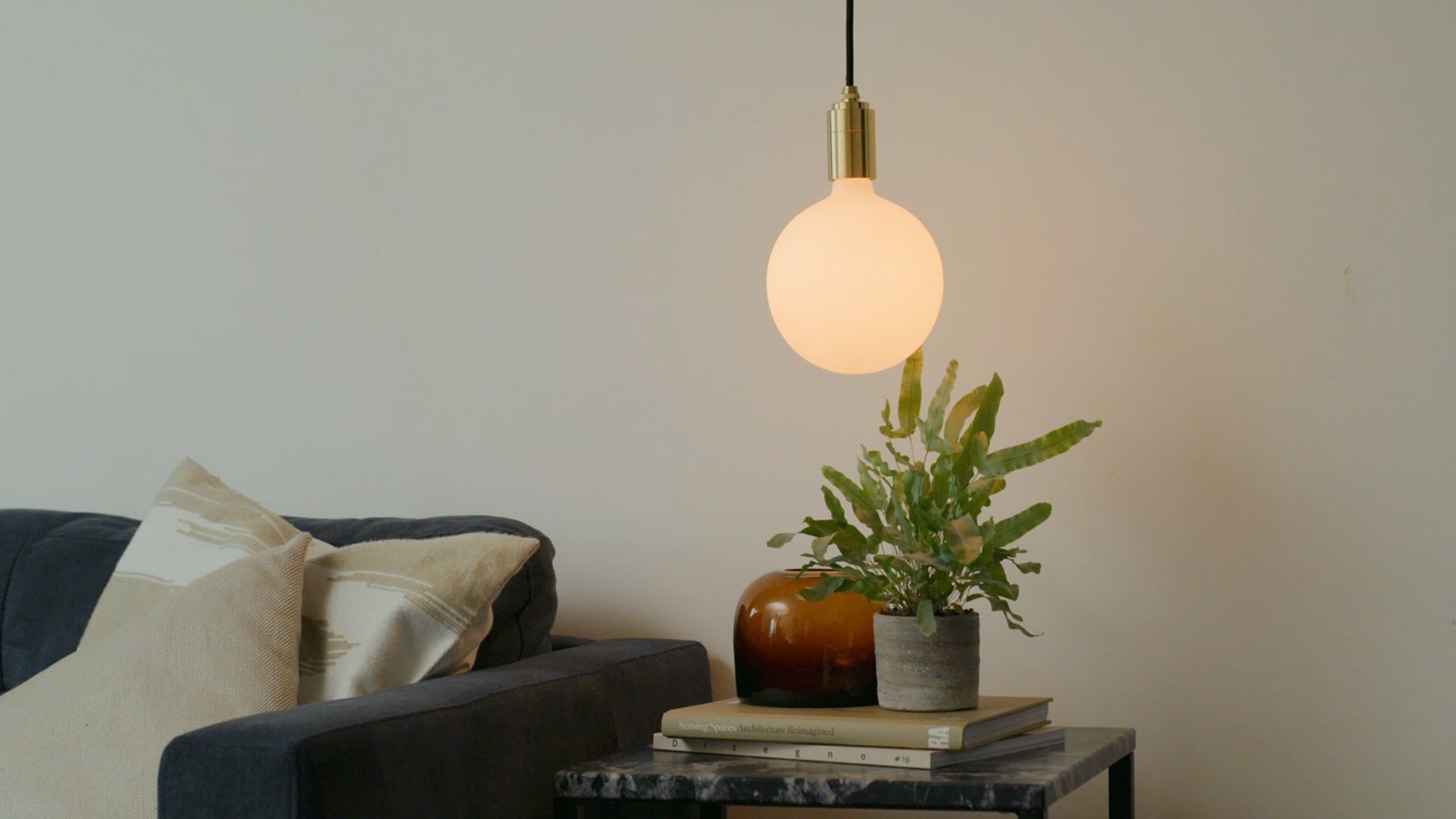
We agree with Frank. Lighting, like plants, can make a space look and feel amazing.
Both have practical and decorative qualities to consider, so we teamed up with our friends at Tala to find the right balance. Here are some tips on creating beautiful interiors with lights and plants.
- Make sure to use good quality LED lighting
- Help your plants with the right balance between natural daylight and artificial LED
- Style plants and lighting to create contrast and layering
Choose planet and plant friendly lighting
Lighting accounts for ~6% of our global CO2e emissions – that's a lot! That’s why we think it's important to use low-energy lighting like LED in your space. Unlike incandescent or halogen bulbs, a well-made LED produces almost no heat – so you won’t burn leaves or dry out your plants and you can keep lights and plants closer together.
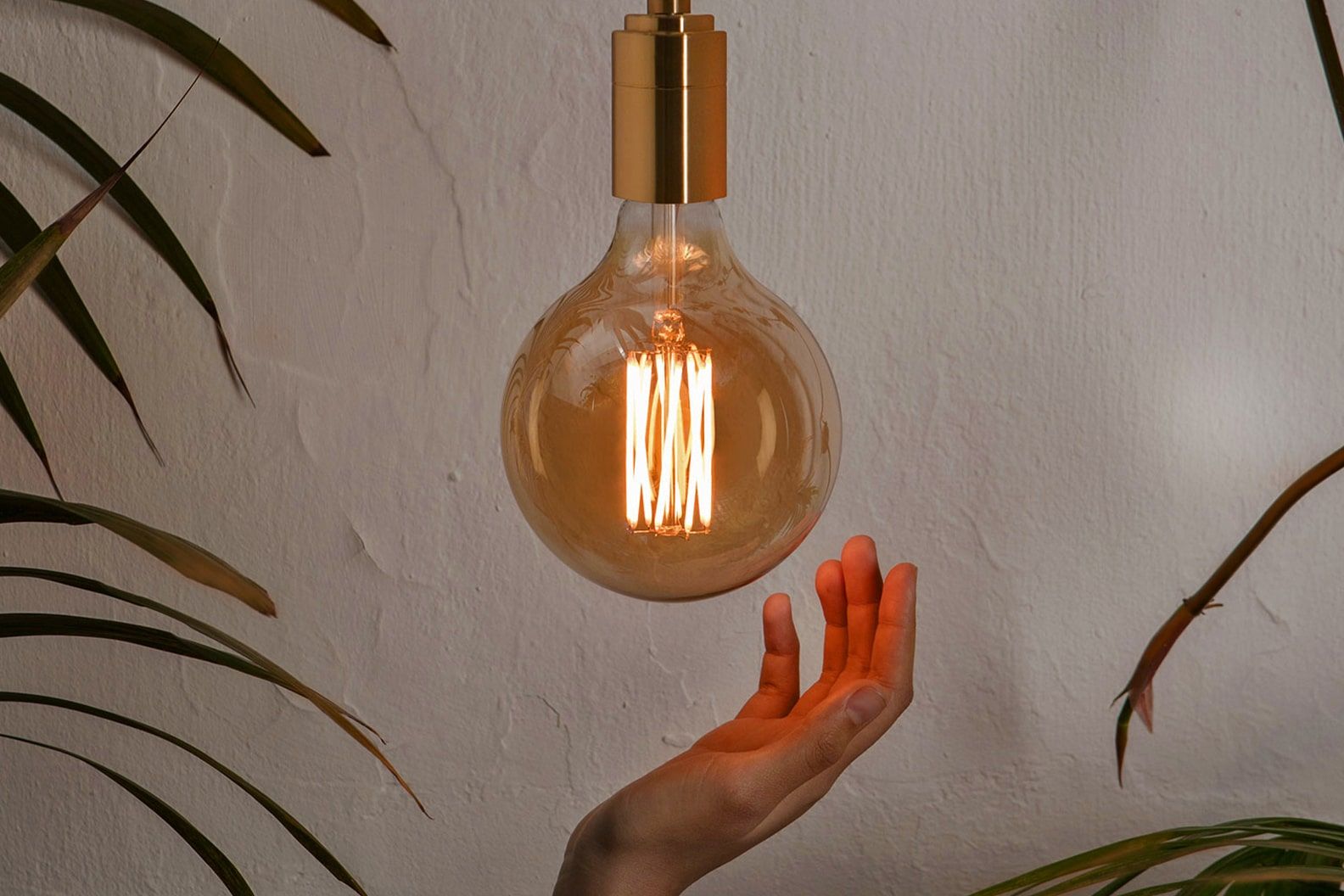
Balance is key
The first port of call is to find the right balance between daylight and artificial light in each room. There are a lot of crossovers in the benefits of good lighting and the calming effect of plants, both indoors and out. Much like plants which need certain light levels, we humans need to consider the intensity and colour temperatures of artificial light in our spaces.
Tala specialises in light that feels natural and doesn't interrupt our sleep-wake cycle, or circadian rhythm. This is our natural 24-hour clock that is influenced by the colour, temperature and intensity of light throughout the day. Snake plants like Susie release oxygen at night, so they’re the perfect companion to your bedside setup. You’ll be sleeping soundly in no time.


Let daylight do the heavy lifting and give you and your plants those much-needed brighter daytime spectrums. From the afternoon onwards, you and your plants need less intense warmer colour temperatures. We recommend using Dim to Warm LEDs for mixed-use spaces and low kelvin (2200K) lighting for atmospheric lighting.
Pro tip: Always go for dimmable lighting across your home. A cosy lighting setup has real benefits, with warm evening light helping to prepare us for sleep through the release of melatonin.
What to avoid: We often see interior schemes with too much artificial light, often in the form of glaring spotlights from the ceiling – this is overkill and isn't nice for you or the look of your beloved plants. Instead, subtle highlights and gentle shadows will make leafy plants like Corby the calathea and Pippa the peace lily look their best.
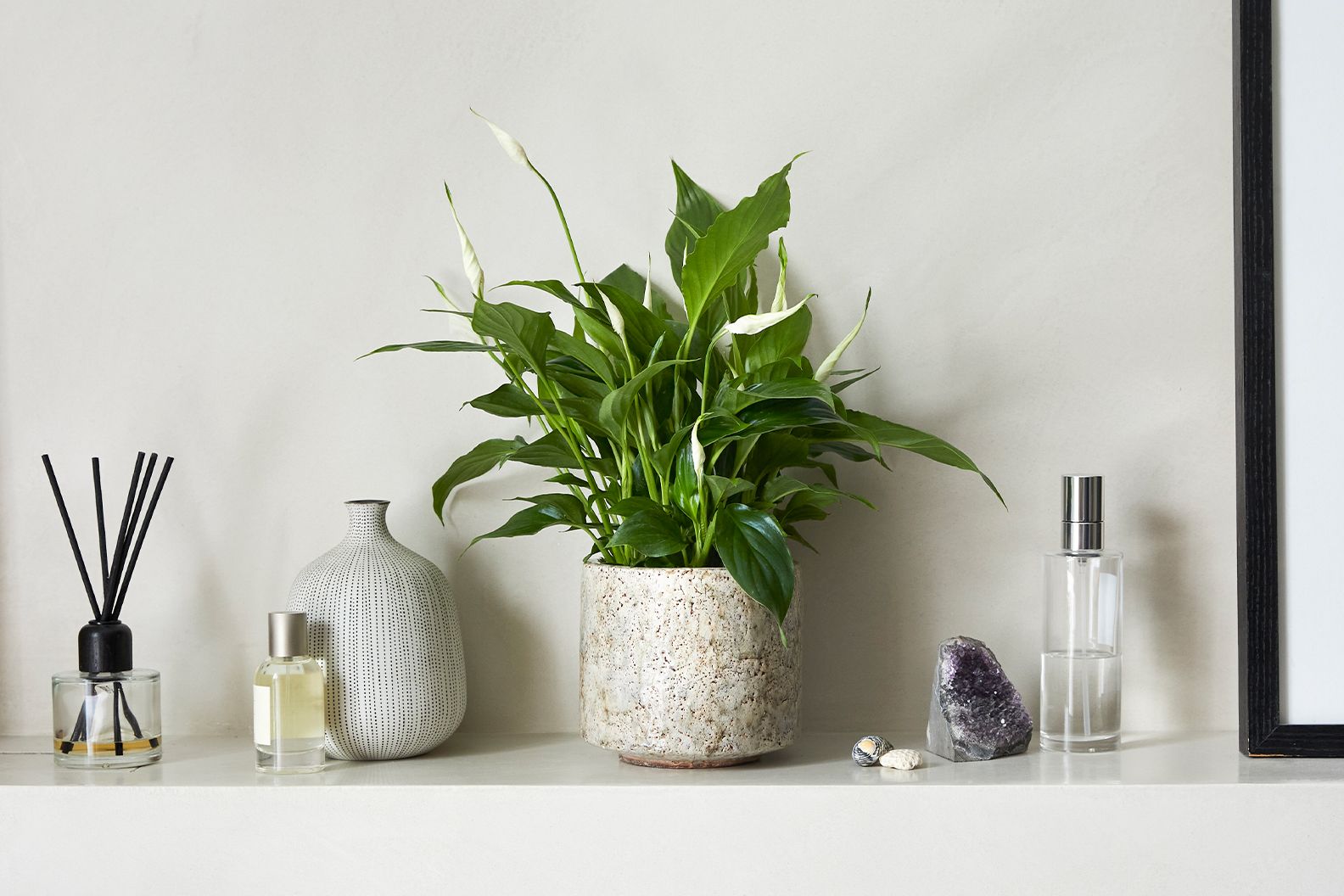
Embrace contrast and layers
Creating an interesting focal point in each space is key. One approach is to use paired-back or minimalist lighting to compliment bold and maximalist plant choices, like Big Ken the kentia palm or Fidel the fiddle-leaf fig. This creates a striking contrast between your plants and lights.
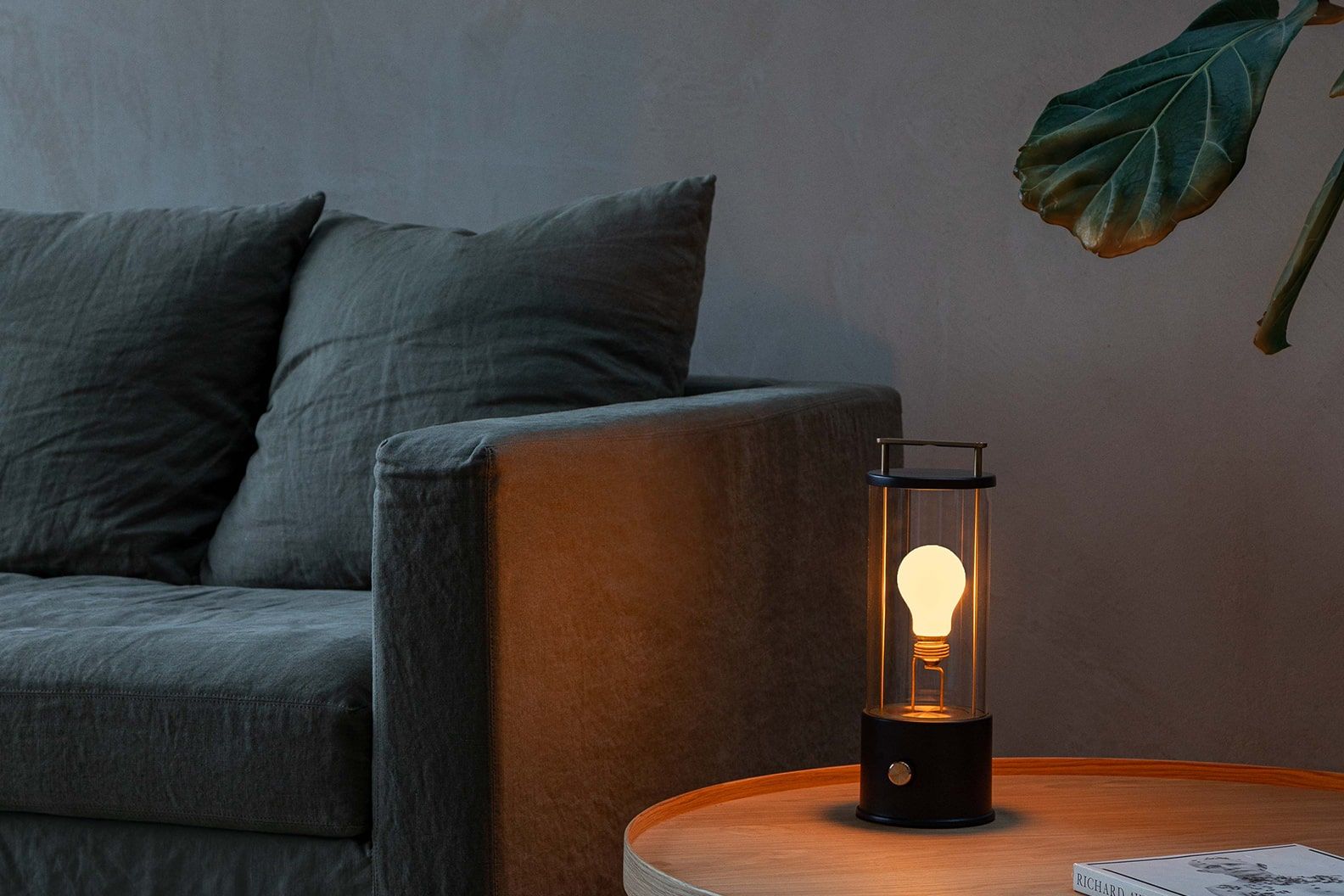
Another approach is to use biomorphic designs – patterns that mimic those found in nature. This can help create a considered look that helps avoid ‘visual noise’. The Fibonacci curl in the Voronoi light was inspired by the spirals found in some succulents or ferns like Bertie the Boston fern, so is a natural plant pairing favourite.
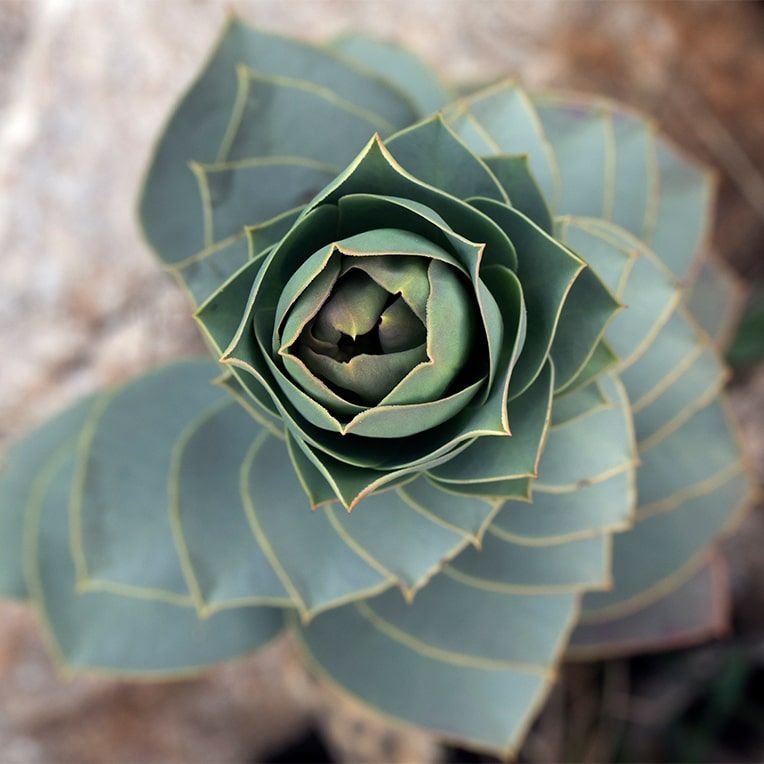
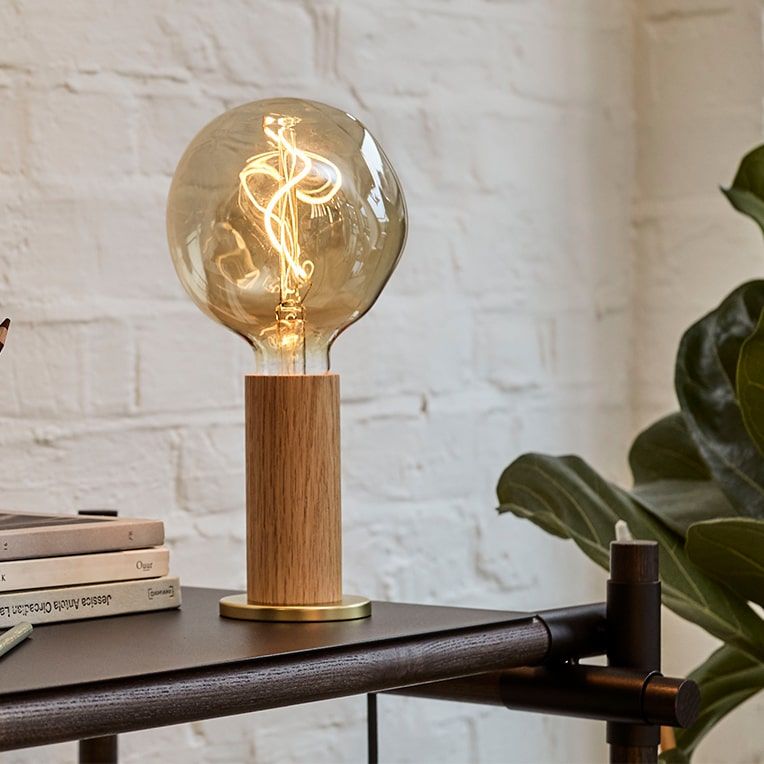
With warm accent lighting it’s possible to extend that ‘golden hour’ glow in your interior space. Plants like anthuriums have interesting textures and surface areas that can reflect soft billowy light and make a space feel extra cosy. These reflective qualities can be remarkably effective when pairing lights and plants in living room corners or on bedside tables.
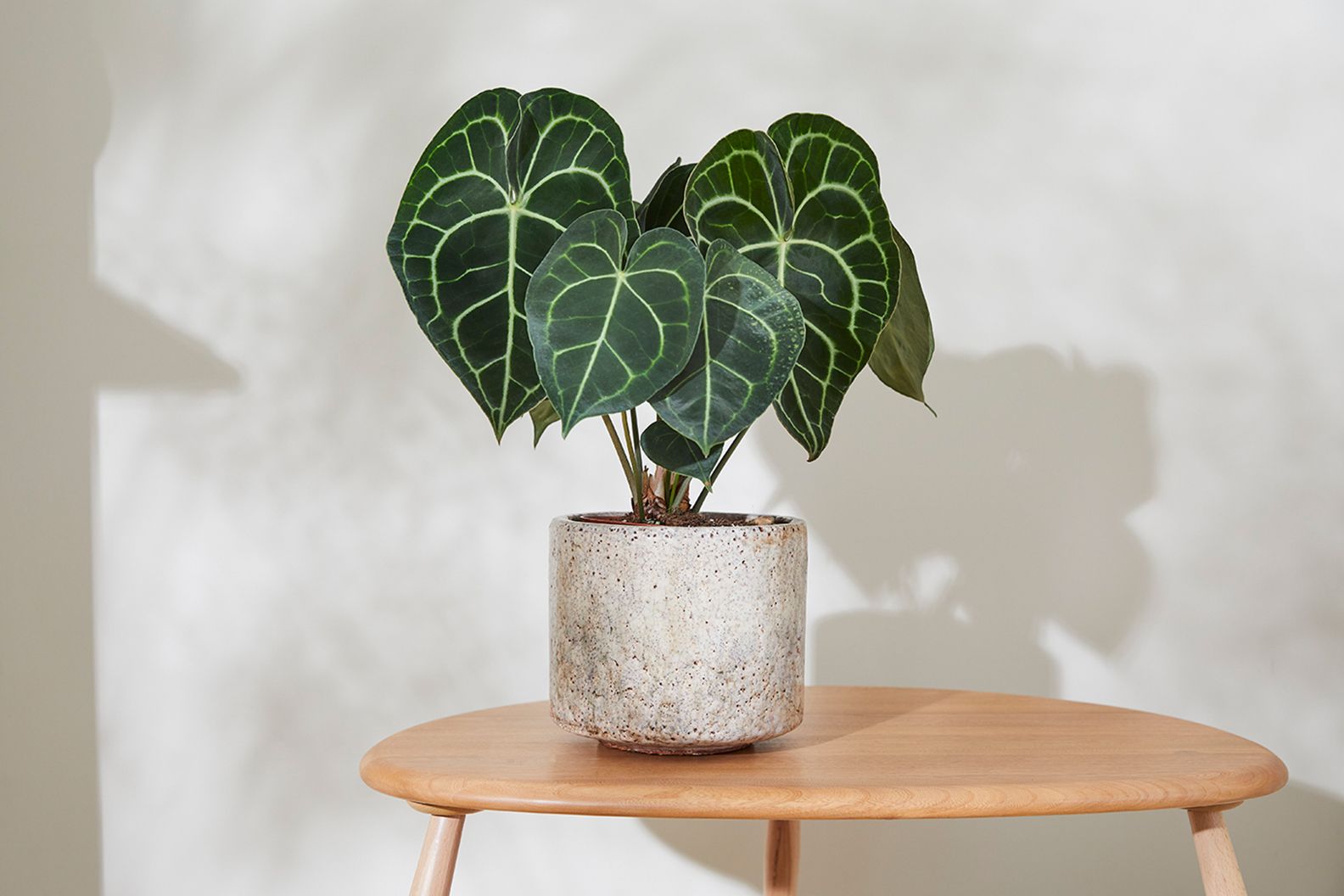
Rewild your inbox
Plant tips. Special offers. No spam.
You might like
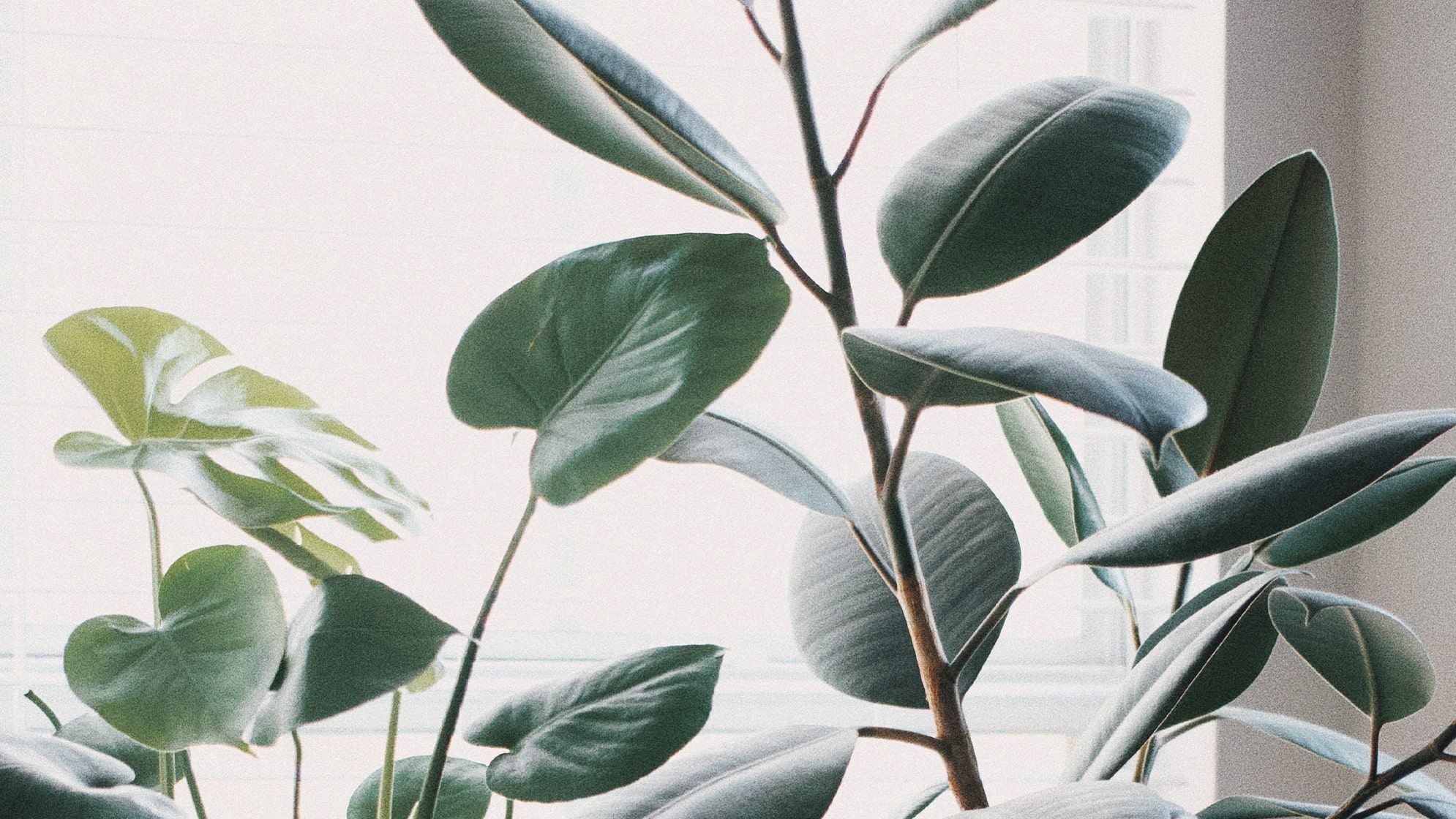
Complete guide to indoor light
Find the right plants for your home
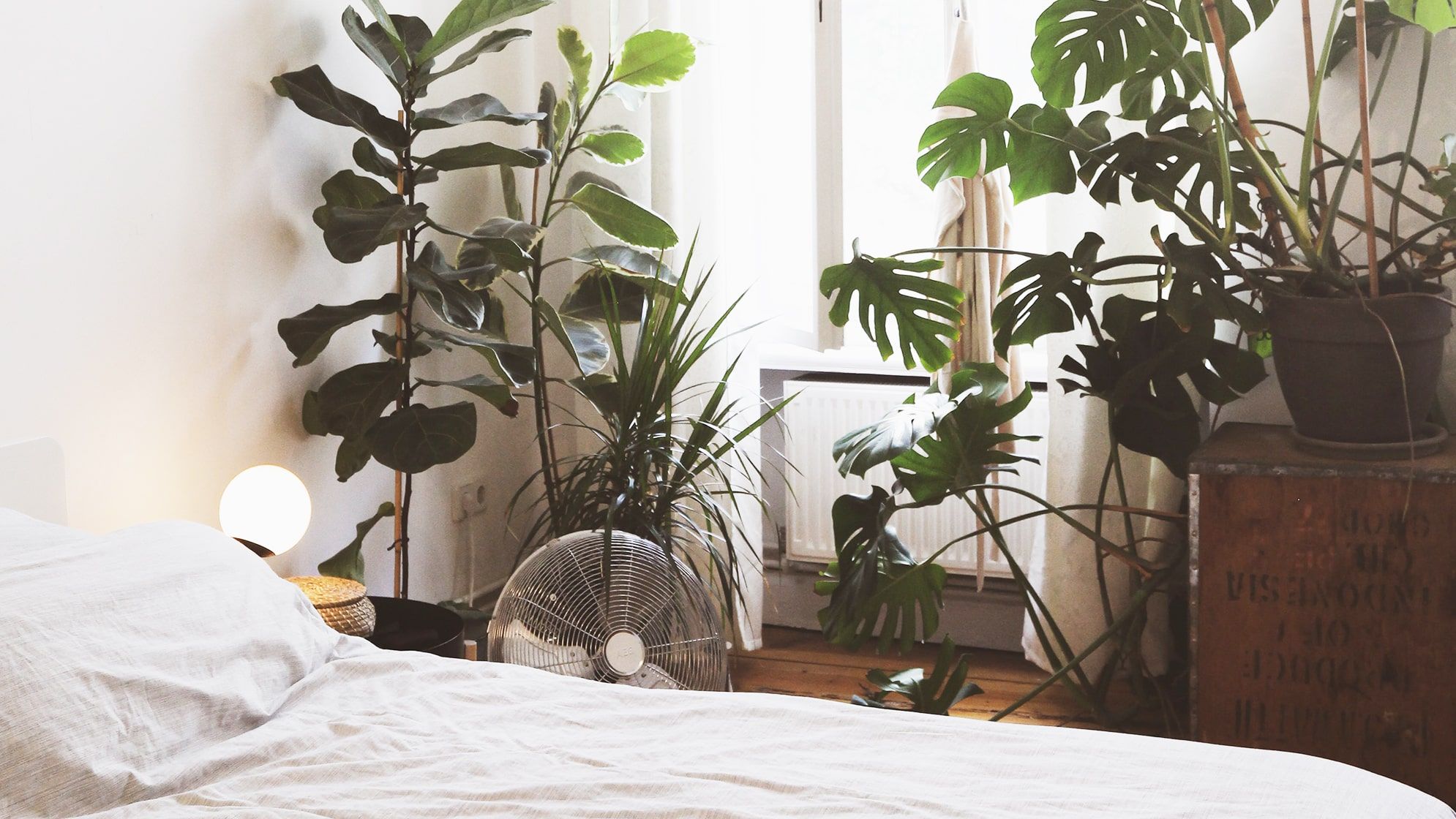
Decorate your bedroom with plants
They might even help you sleep better
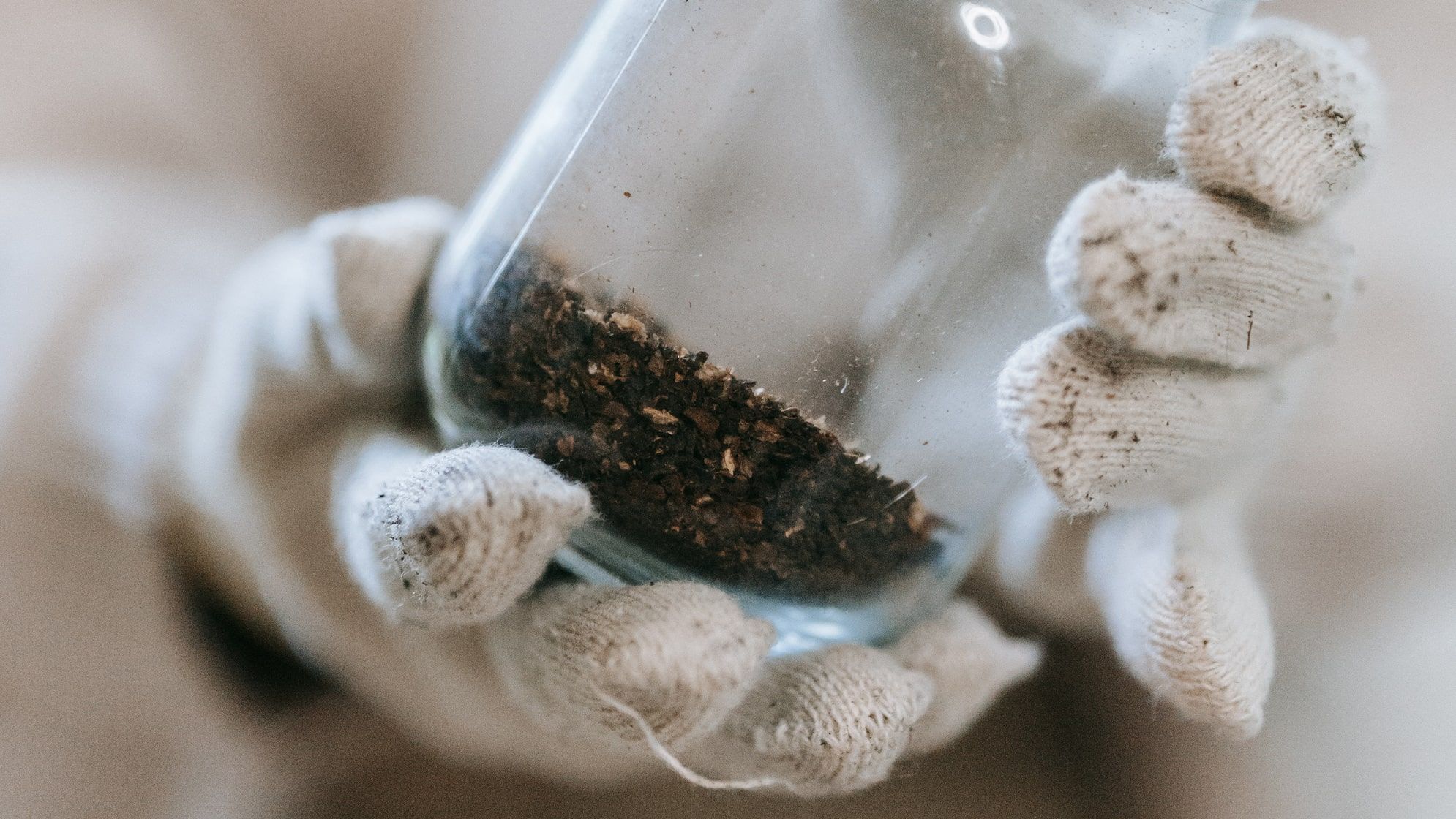
Best natural houseplant fertilisers
Fertilising your beloved houseplants doesn't have to cost the Earth
